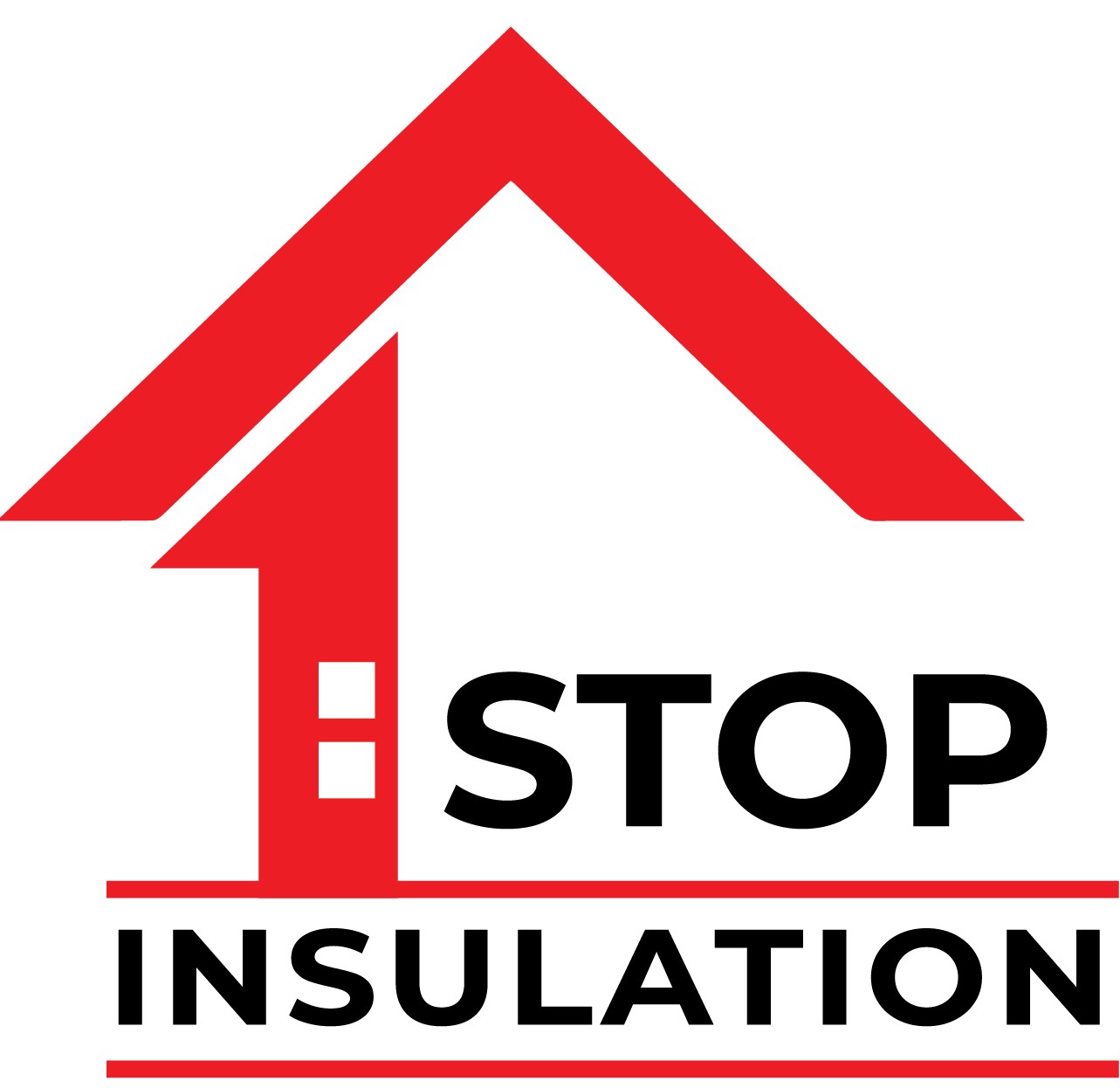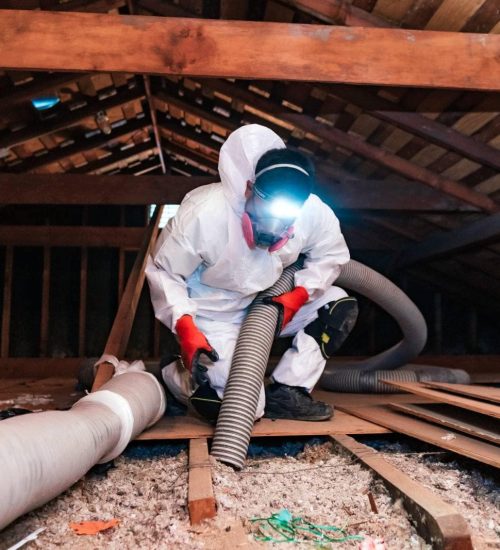Insulation is the unsung hero of your home. It keeps you warm in winter, cool in summer, and plays a huge role in controlling your energy bills. But insulation doesn’t last forever. Over time, it can lose its effectiveness, costing you money and comfort.
For homeowners in Victoria, where winters are crisp and summers can be humid, effective insulation is vital for both comfort and energy efficiency. So, how do you know when it’s time to replace your old insulation? Here are the critical signs to watch for:
Skyrocketing Energy Bills
If your heating and cooling costs are climbing without any change in thermostat settings or energy rates, failing insulation may be to blame.
With Victoria’s colder winter nights and warm summers, insulation that has broken down forces your HVAC system to work overtime. A sudden, unexplained increase in bills is a red flag to check your ceiling or underfloor insulation.
Inconsistent Indoor Temperatures
Do some rooms in your Victorian home feel noticeably colder or warmer than others? Are you battling drafts near walls, floors, or windows? Uneven temperatures are a clear sign insulation isn’t doing its job.
Common problem areas include:
- Rooms directly below the roof space
- Floors above crawl spaces or underfloors
- External walls that feel cold to the touch
If you’re relying on space heaters in Ballarat or portable AC units in Melbourne just to balance temperatures, it’s time to think about upgrading.
Visible Deterioration or Damage
When it’s safe to access your roof space or underfloor, look for:
- Sagging or Thinning – If insulation looks flat or compressed, it’s no longer providing proper coverage.
- Water Stains or Mold – Common in Victorian homes after roof leaks or plumbing issues. Wet insulation is ineffective and can encourage mould.
- Pest Infestation – Possums, rodents, and insects are common in roof spaces and underfloors across Victoria. Contaminated insulation should be removed and replaced.
Your Home is Very Old
Many older Victorian homes — especially those built before the 1980s — were constructed with little or no insulation. Even if there is insulation, it likely doesn’t meet today’s National Construction Code (NCC) requirements.
Some houses built in earlier decades may also contain vermiculite insulation, which can contain asbestos and must only be handled by professionals. If your home hasn’t had an insulation upgrade in decades, it’s worth arranging an inspection.
Ice Dams in Winter
While heavy snow isn’t common across most of Victoria, residents in Alpine regions may notice ice dams forming on roofs. These ridges of ice occur when heat escapes into the roof cavity, melts snow, and refreezes at the eaves.
They’re a direct sign of poor attic insulation and ventilation. Even without snow, the same principle applies in Melbourne and regional Victoria — too much heat escaping into the roof space shows your insulation needs urgent attention.
The Bottom Line
Don’t wait until your home feels uncomfortable or your bills spike. If you notice any of these five signs — high energy bills, inconsistent temperatures, visible damage, old age, or (in colder regions) ice dams — it’s time to call in the professionals.
For Victorian homeowners, replacing old or damaged insulation is one of the most cost-effective upgrades you can make, delivering immediate energy savings, year-round comfort, and a healthier home environment.
Frequently Asked Questions About Insulation Replacement in Victoria
Most Victorian homes benefit from insulation replacement every 15–20 years, depending on the material and condition. If it’s sagging, wet, or damaged by pests, it should be replaced sooner.
Key signs include:
- Higher heating and cooling bills
- Drafty rooms and uneven temperatures
- Visible moisture, mould, or pest damage in the roof space or underfloor
- Insulation that looks flat, thin, or worn
Yes. When insulation deteriorates, your heating and cooling systems run longer to keep your home comfortable. This extra demand leads to noticeably higher bills — a common issue for many homes across Melbourne and regional Victoria.
It’s not recommended. Some older homes in Victoria may have vermiculite insulation, which can contain asbestos. Even modern insulation can release dust and contaminants. Safe removal should always be handled by trained professionals.
Replacing insulation in an older property can:
- Lower energy costs immediately
- Improve comfort year-round
- Eliminate drafts and damp smells
- Bring your home up to modern NCC compliance standards

